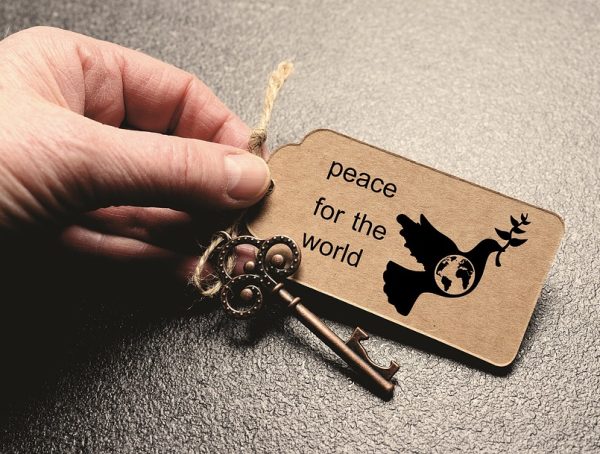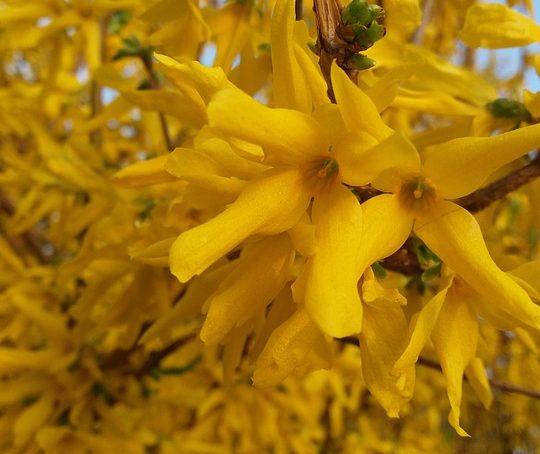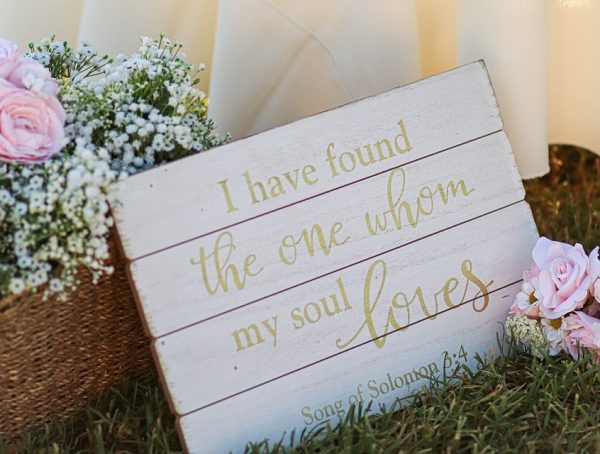Exploring the Origins of the 7 Symbols of Peace
Peace is an intrinsic concept that transcends cultures, religions, and nations. Across the globe, various symbols have emerged, each representing the idea of peace in its own unique way. In this article, we will explore the origins of seven universal symbols of peace, examining how they came to embody this powerful ideal and what we can learn from them to promote peace in our own lives.
1. The Dove with an Olive Branch
Perhaps the most universally recognized symbol of peace is the dove carrying an olive branch. Its origins can be traced back to the Hebrew Bible, where a dove is sent out by Noah after the great flood. The dove returns with an olive branch, signaling the end of God’s wrath and the restoration of peace. Over time, the dove has become a prominent figure in various cultures, often symbolizing hope, purity, and the Holy Spirit in Christianity.
Action Step: To embrace the symbolism of the dove, consider adopting a mindset of forgiveness. This week, reach out to someone you have a conflict with and have an open conversation, seeking understanding and reconciliation.
2. The Peace Sign
The peace sign, designed in 1958 by Gerald Holtom for the Campaign for Nuclear Disarmament (CND), combines the semaphore signals for “N” and “D,” standing for “nuclear disarmament.” It quickly became an emblem for the anti-war movement during the 1960s. Since then, it has evolved to represent peace in a broader context, becoming globally recognizable and an enduring symbol of the quest for harmony.
Action Step: Incorporate the peace sign into your daily life. Create art or wear jewelry that features this symbol to remind yourself and others of the importance of promoting peace in everyday interactions.
3. The Lotus Flower
In many Eastern cultures, particularly in Buddhism and Hinduism, the lotus flower symbolizes purity, enlightenment, and rebirth. Its ability to bloom beautifully in muddy waters represents resilience and the ability to rise above challenges. In this context, peace is not just the absence of conflict; it’s about inner tranquility and spiritual enlightenment.
Action Step: To cultivate your inner peace, practice mindfulness meditation. Set aside five minutes each day to focus on your breath and let go of distractions, allowing yourself to find calm amidst the chaos.
4. The White Flag
Historically, the white flag has been used as a signal of surrender or truce in combat. Its origins can be traced back to ancient times, and it has been adopted by various cultures as a non-aggressive gesture to show that the bearer seeks peace rather than conflict. The white flag symbolizes the desire for dialogue and understanding.
Action Step: This week, take a step back from a situation that feels contentious in your life. Approach it with a mindset of peace, aiming for a constructive dialogue rather than a debate.
5. The Yin Yang
In Taoist philosophy, the yin yang symbol represents the interconnectedness of opposites. It embodies the idea that peace arises from balance and harmony between contrasting forces, such as light and dark or male and female. This ancient symbol teaches us that acknowledging the dualities in our lives can lead to greater understanding and, ultimately, peace.
Action Step: Reflect on the opposites in your life. Identify areas where you can achieve a greater sense of balance—whether that’s work and leisure, giving and receiving, or activity and rest.
6. The Rainbow
The rainbow, often seen as a bridge between the earth and sky, is a symbol of hope and unity. In many cultures, it signifies peace, particularly following a storm, mirroring the resolution that comes after turmoil. The rainbow’s diverse colors represent diversity and inclusion, reminding us that peace flourishes in an environment of acceptance.
Action Step: Celebrate diversity in your community. Engage with someone from a different background or culture than your own. Share a meal, attend an event, or simply have a conversation to foster understanding and friendships.
7. The Ankh
The ankh, an ancient Egyptian symbol, denotes life and is often associated with eternal peace. It represents the idea of harmony with the universe and expresses the belief that the pursuit of peace is part of a larger journey toward a better existence. As a spiritual symbol, the ankh encourages individuals to seek connection and understanding with others.
Action Step: Consider volunteering your time to support a cause that resonates with you. Whether it’s helping at a local shelter or participating in community cleanup efforts, contribute to the betterment of your community as a pathway to peace.
Conclusion: Fostering Peace in Our Lives
These seven symbols of peace remind us that the path to harmony takes many forms. Whether through the historical significance of the dove, the artistic representation of the peace sign, or the spiritual depth of the lotus flower, each symbol carries a unique message. By understanding their origins and applying their teachings in our lives, we can actively contribute to creating a more peaceful world.
Striving for peace within ourselves can pave the way for a more tranquil society. As we embrace these symbols and the actions they inspire, we become agents of change, promoting a culture of peace.
Final Thought: "Peace begins with a smile." – Mother Teresa
For more insights and content that uplifts and inspires, follow Kevin Steineman on Instagram @KSteineman. Together, let’s spread peace and positivity in our lives and communities!
You might also like
More from Mindfulness
Where Peace Resides: Nature Quotes for Stillness
Where Peace Resides: Nature Quotes for Stillness In a world of incessant noise and relentless activity, finding moments of tranquility can …
A Collection of 35 Short Peace Quotes for Everyday Life
A Collection of 35 Short Peace Quotes for Everyday Life In the hustle and bustle of modern life, it’s easy to …
30 Short Quotes That Will Bring You Inner Peace
30 Short Quotes That Will Bring You Inner Peace In the hustle and bustle of everyday life, finding inner peace can …


































